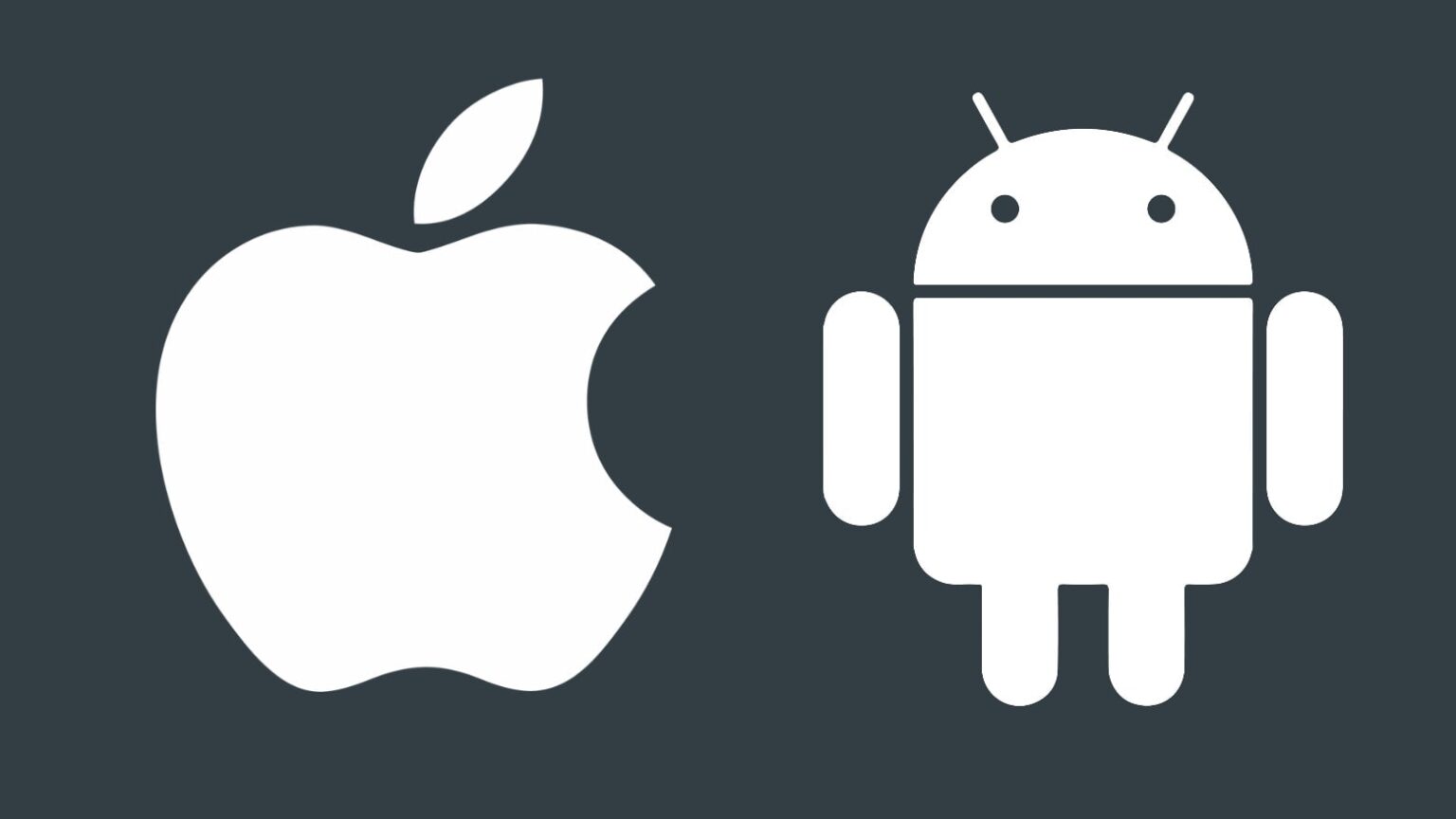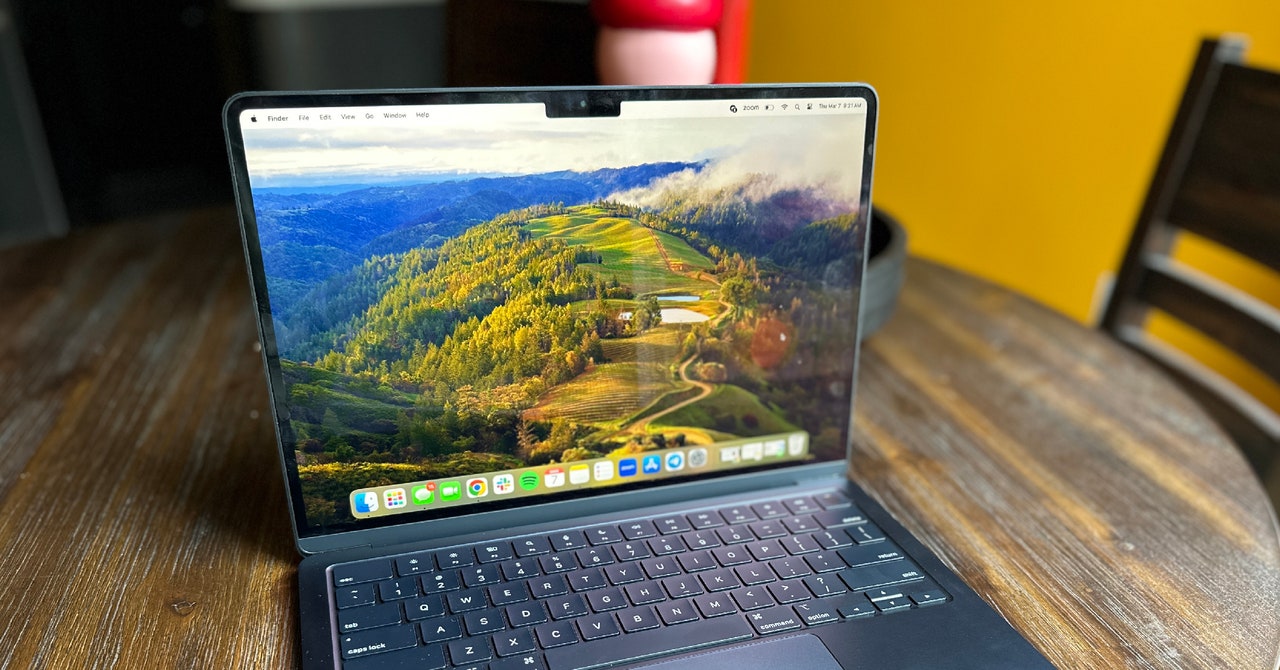 March 5, 2012: Apple reaches a staggering milestone, with 25 billion apps downloaded from the iOS App Store. The company celebrates with a giveaway titled the “25 Billion App Countdown.”
March 5, 2012: Apple reaches a staggering milestone, with 25 billion apps downloaded from the iOS App Store. The company celebrates with a giveaway titled the “25 Billion App Countdown.”
The lucky 25 billionth app downloader wins an iTunes gift card worth $10,000.
Apple’s 25 Billion App Countdown
Just four years after Apple co-founder Steve Jobs relented and opened the iPhone’s App Store, the genius of allowing third-party developers to create iOS apps was undeniable. Hitting the 25 billion downloads landmark in such a short time showcased just how smart — and lucrative — the move was.
Developers dreamed up apps that made the iPhone more useful and fun. Apps that became hits made devs rich, and Apple took a cut of the sales. The App Store became a major profit center for Apple.
“We’d like to thank our customers and developers for helping us achieve this historic milestone of 25 billion apps downloaded,” says Eddy Cue, Apple’s senior vice president of internet software and services, in a statement. “When we launched the App Store less than four years ago, we never imagined that mobile apps would become the phenomenon they have, or that developers would create such an incredible selection of apps for iOS users.”
At the time, the App Store offered more than 550,000 apps for download. Apple had doled out more than $4 billion to developers for their 70% share of revenue from paid downloads.
The winner of the gift card in Apple’s 25 Billion App Countdown is Chunli Fu from China. The app is Disney’s Where’s My Water?, a free puzzle game released the previous September.
App Store continues to grow
By comparison, today the App Store peddles nearly 2 million apps, and clocks more than 100 billion downloads a year. The App Store’s reach and influence continue to grow, although Apple’s management of the store faces increasing scrutiny from international antitrust regulators.
“Apps and games have become the essential source for the world’s most innovative and timely entertainment,” Apple said in a 2022 press release. “The efforts, innovation, and creativity of the developers who leverage Apple technology to build these incredible experiences, coupled with the power of the App Store’s global platform to connect businesses of all sizes with over 600 million people each week across 175 countries, has led to developers selling digital goods and services earning more than $260 billion since the App Store launched in 2008.”
Apple continually touts the benefits of the App Store to both consumers and third-party developers. However, the company’s strict control over the app marketplace and the overall iOS ecosystem have landed Apple in hot water. Changes coming soon in iOS 17.4 will open the iPhone to sideloading and third-party app stores in the European Union. And Apple faces a $1.8 billion fine for its allegedly abusive treatment of streaming music rival Spotify.
Apple loved the milestones
Just a few years ago, Apple liked celebrating milestone events with promotions like the 25 Billion App Countdown. In fact, a 2004 contest to mark 100 million iTunes song downloads made the 2012 app download contest look meager.
The winner of the 2004 contest received a personal phone call from Apple co-founder Steve Jobs, a 17-inch PowerBook, a 40GB iPod and a gift certificate for 10,000 iTunes songs.
These days, Apple mostly avoids making a big deal of these kinds of landmark events. When Apple passed the 1 billionth iPhone milestone, the company did little to commemorate the occasion. The same held true when Apple’s market cap surpassed the $1 trillion valuation. And $2 trillion. And $3 trillion.
Similarly, Apple avoids sharing too many details about the usage of services like Apple Music, Apple TV+, Apple Arcade and Apple Fitness+. The company also stopped revealing the number of iPhones sold each quarter.
While I understand the logic behind this less-bombastic strategy, I miss the excitement of such old-school Apple events. It was fun when Apple eagerly (and publicly) counted down to its next gigantic sales record with events like the 25 Billion App Countdown.
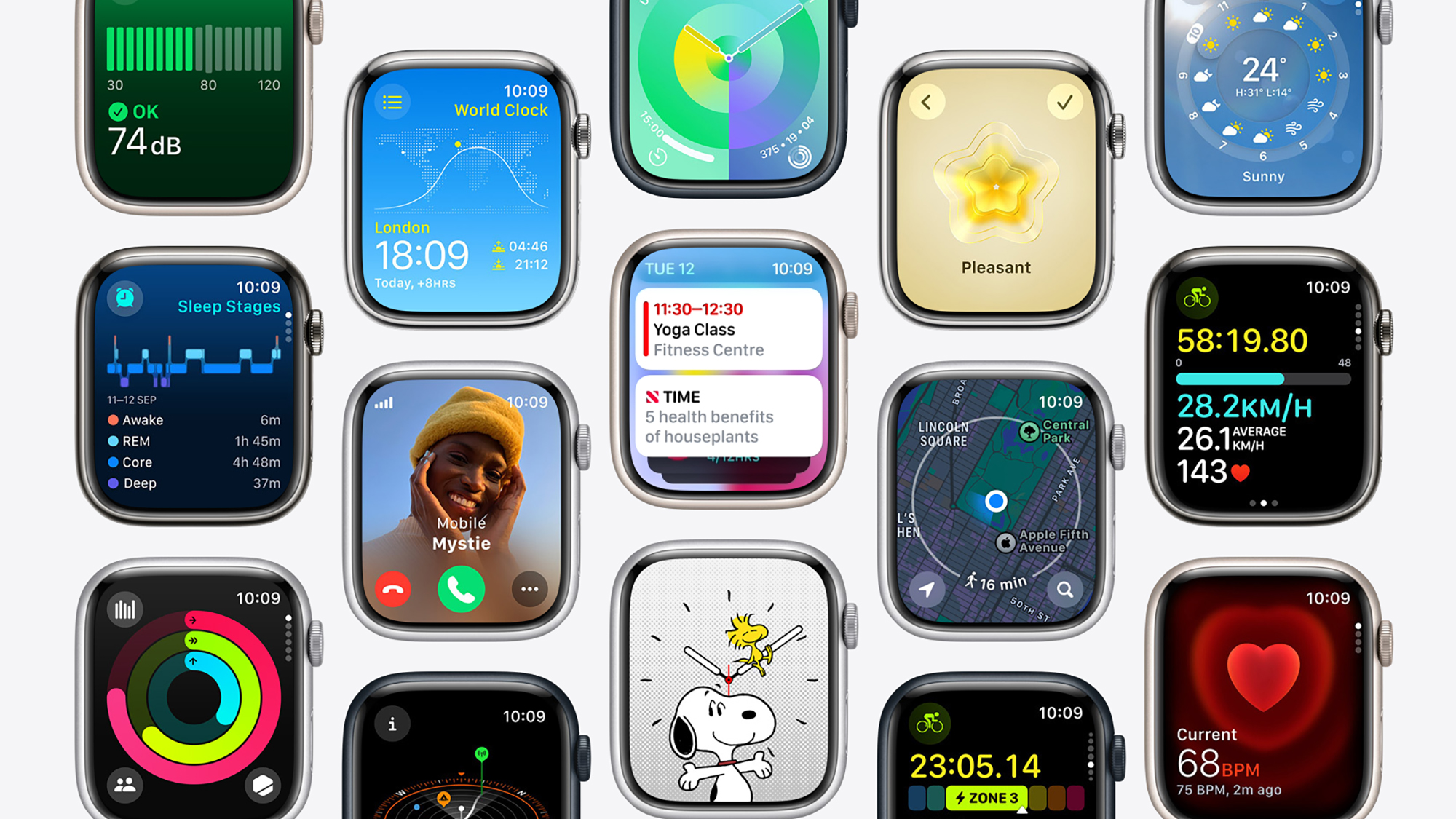



 March 5, 2012: Apple reaches a staggering milestone, with 25 billion apps downloaded from the iOS App Store. The company celebrates with a giveaway titled the “25 Billion App Countdown.”
March 5, 2012: Apple reaches a staggering milestone, with 25 billion apps downloaded from the iOS App Store. The company celebrates with a giveaway titled the “25 Billion App Countdown.”
 March 10, 2004: Apple sends out a survey to select Apple customers, claiming that it is considering relaunching the Newton MessagePad.
March 10, 2004: Apple sends out a survey to select Apple customers, claiming that it is considering relaunching the Newton MessagePad.
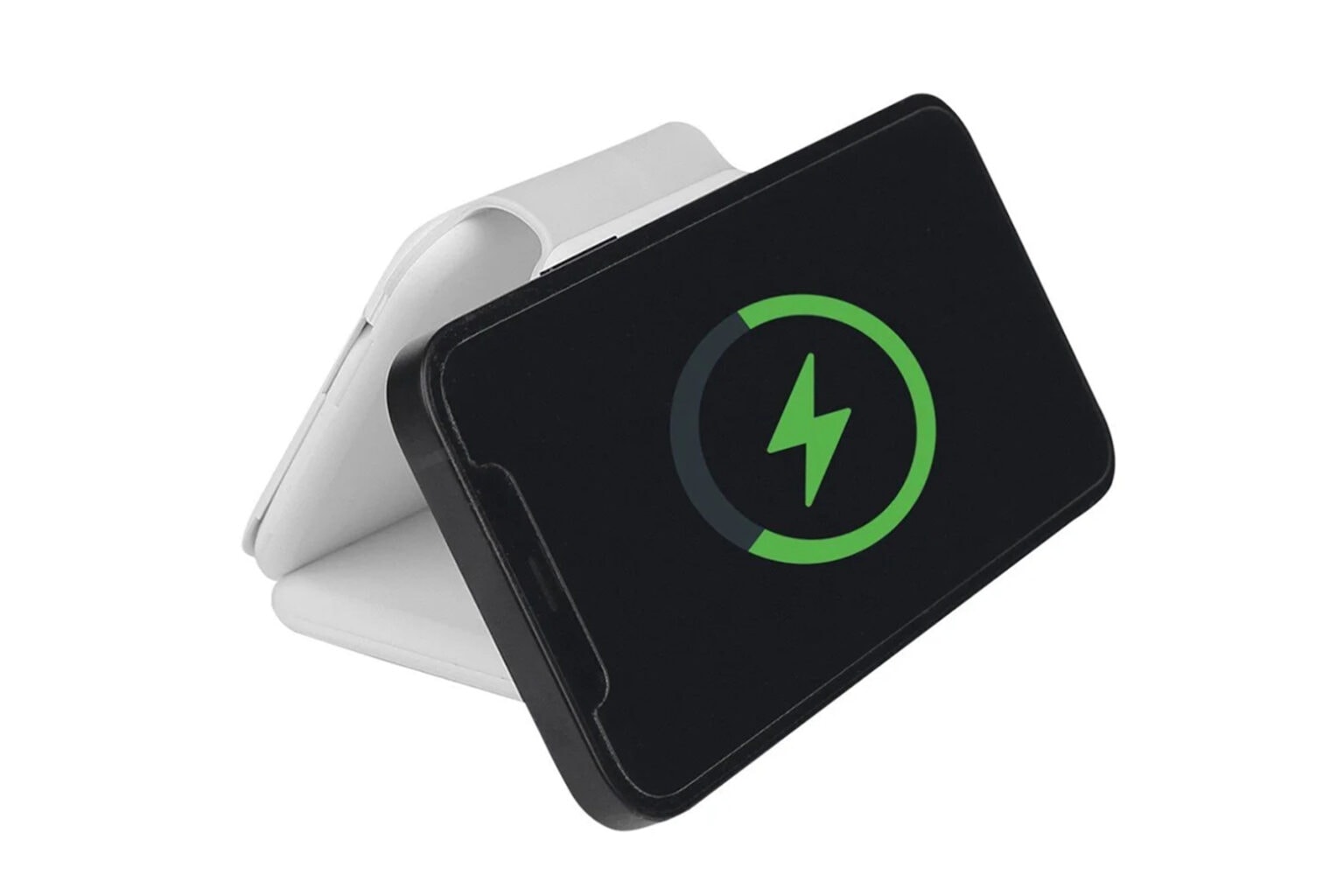

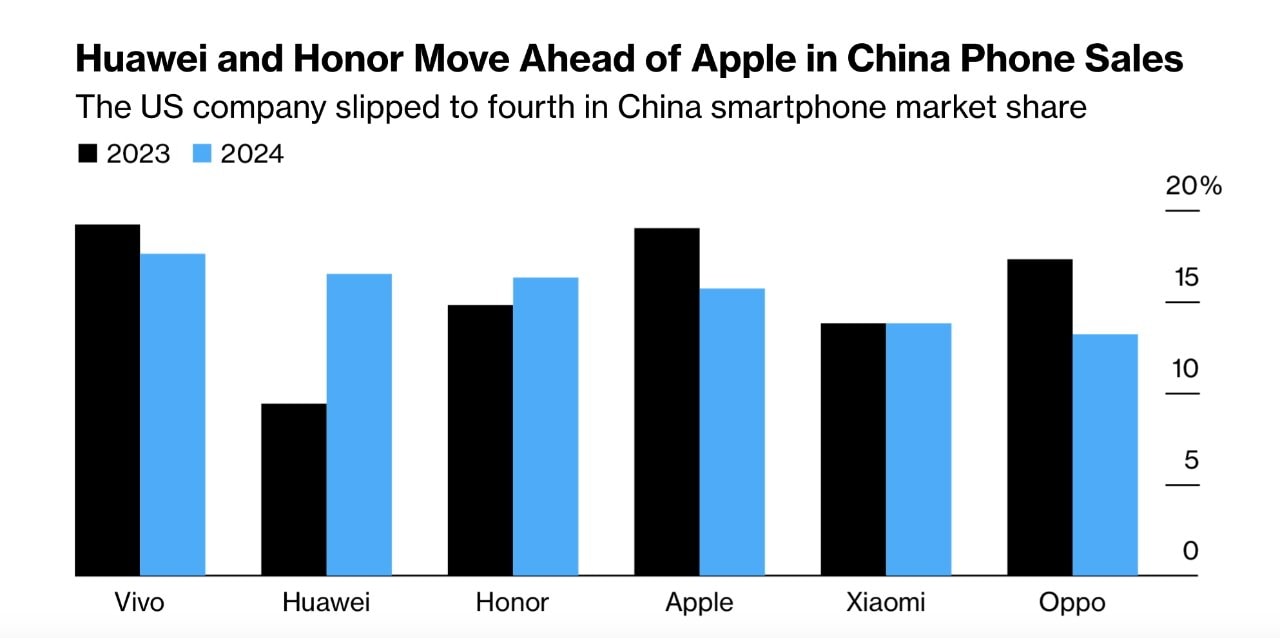

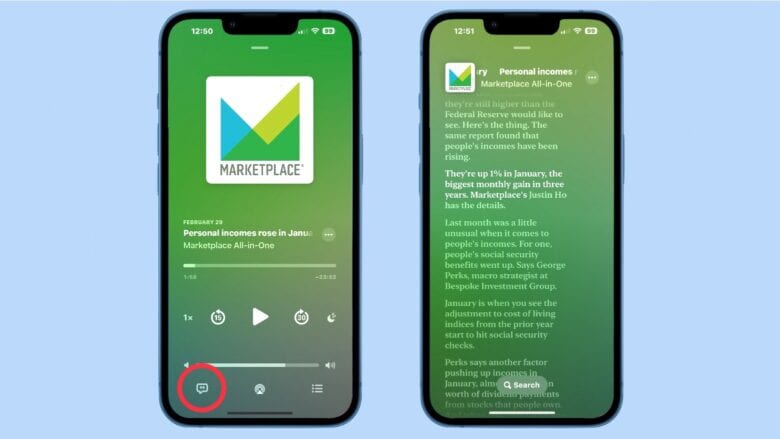

 March 7, 1989: Apple introduces the Macintosh Portrait Display, a 15-inch vertical grayscale monitor designed to show full pages on a single screen. Intended for word processing and desktop publishing, the $1,099 monitor (plus $599 for an additional video card to run it) works with any Macintosh.
March 7, 1989: Apple introduces the Macintosh Portrait Display, a 15-inch vertical grayscale monitor designed to show full pages on a single screen. Intended for word processing and desktop publishing, the $1,099 monitor (plus $599 for an additional video card to run it) works with any Macintosh.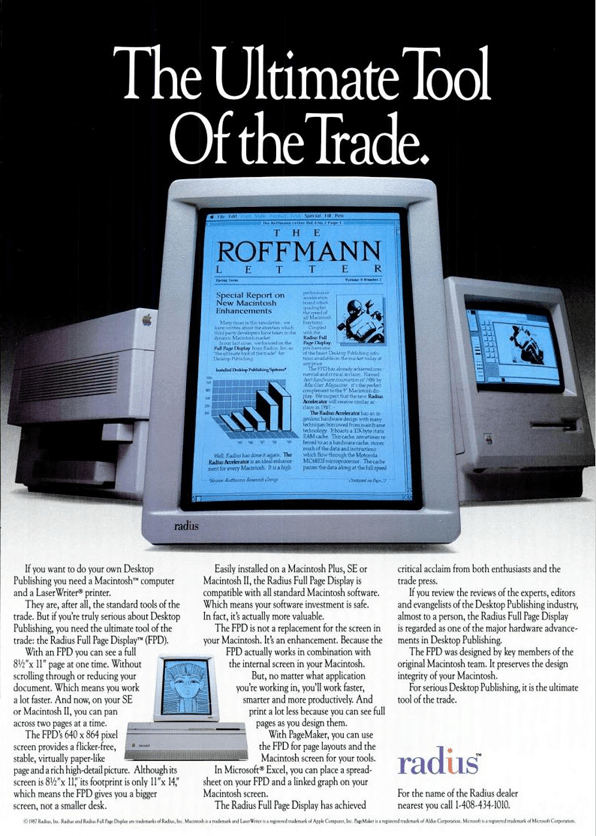
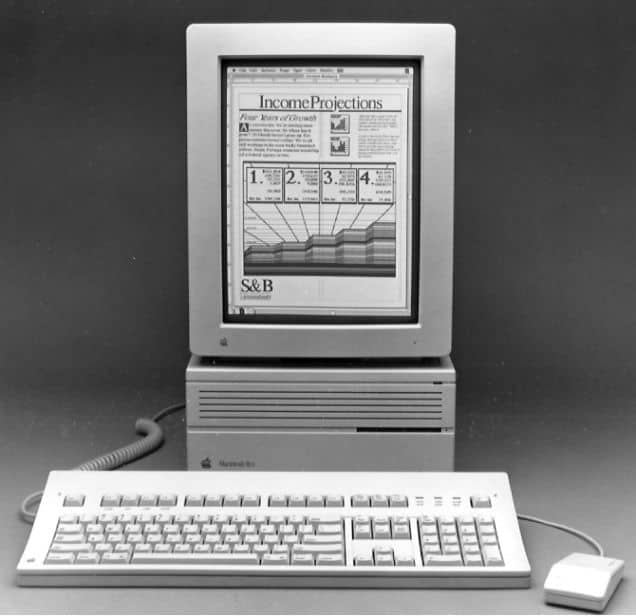

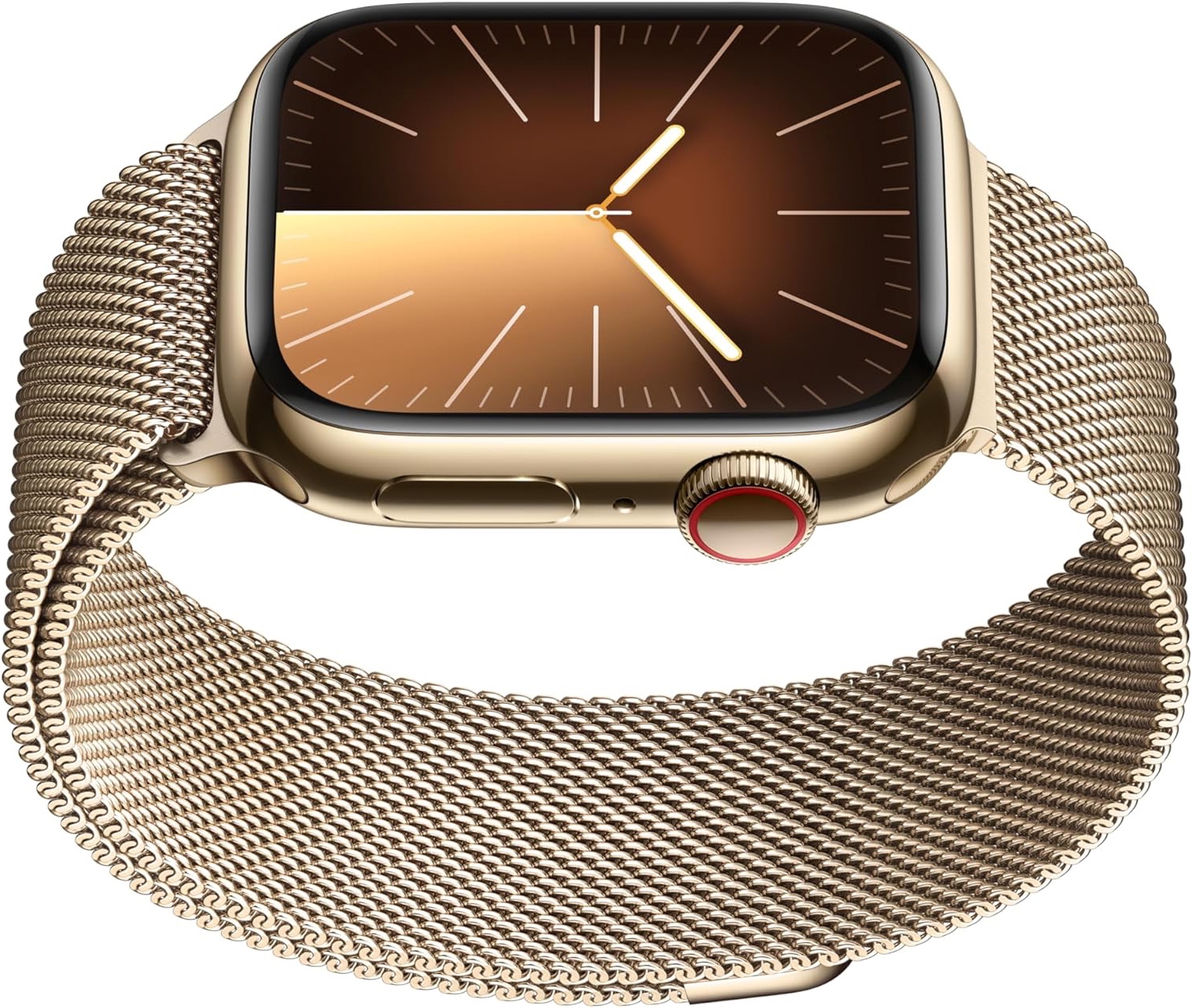
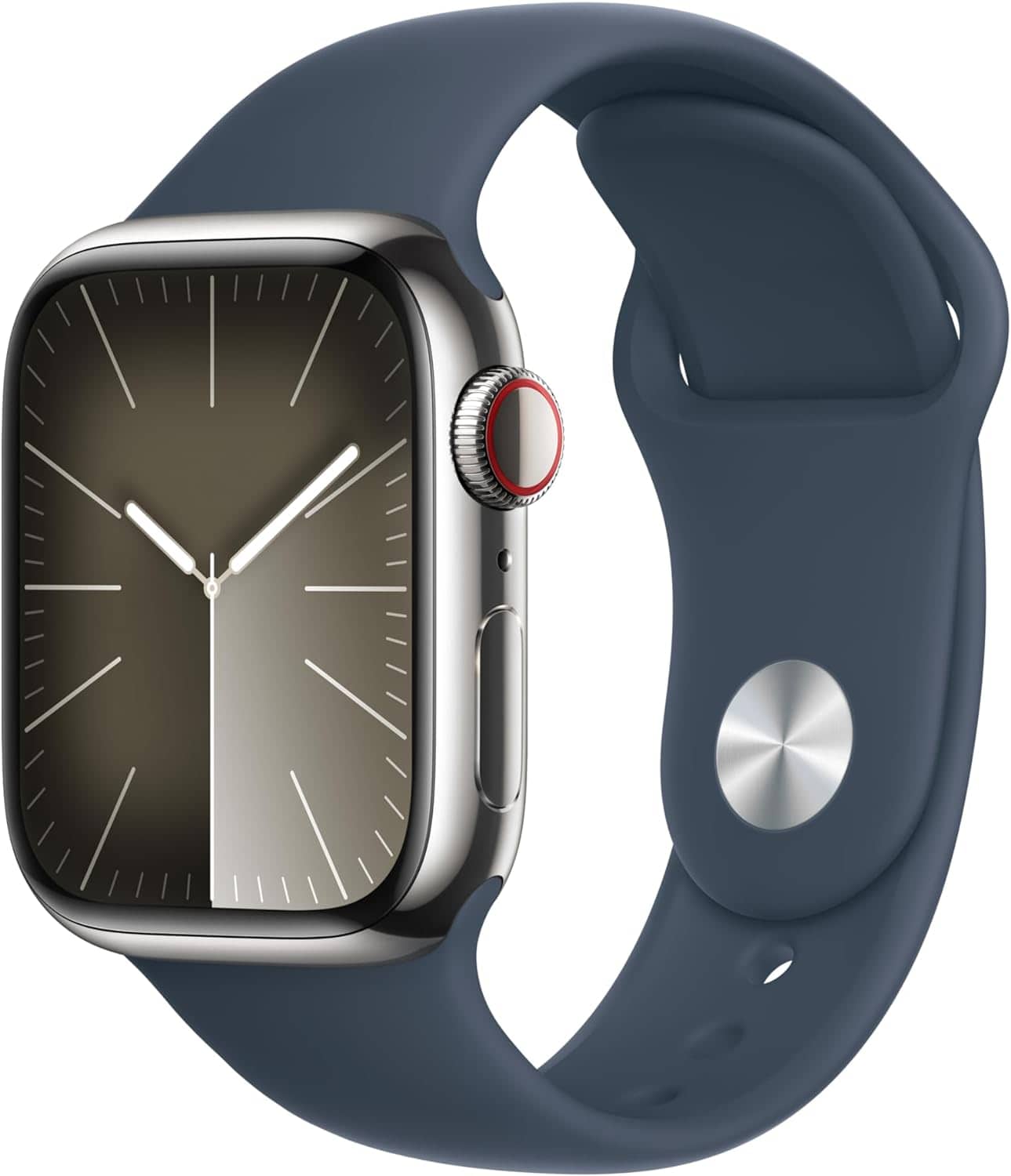
![Apple Watch Series 9 [GPS + Cellular 41mm] Smartwatch](https://m.media-amazon.com/images/I/31XzWf7vloL._SL500_.jpg)

